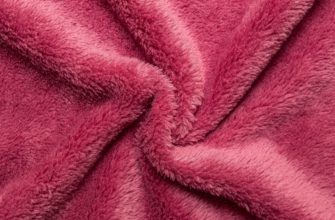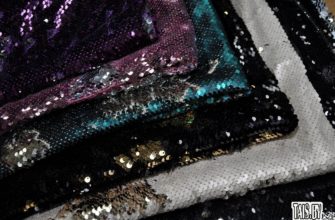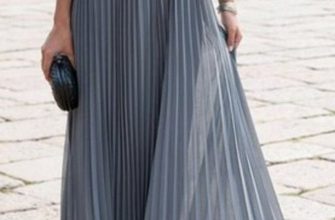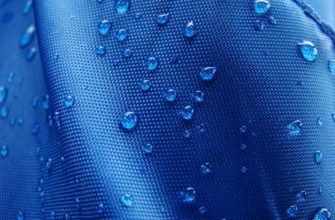The development of ultrafine fibers in the USSR in the mid-20th century led to the development of technologies for twisting threads from molten mass. Japan used the resulting microfiber in the manufacture of fabrics in the mid-1970s.
- What is microfiber
- Methods of obtaining
- Types of microfiber cloths and rags
- How to Choose a Microfiber Floor Cloth
- How does a microfiber mop make cleaning easier?
- Microfiber cloth in individual packaging
- How to Wash Floors Properly: Housewife's Recommendations
- How to Wash a Microfiber Cloth: Effective Methods
- Myths about using microfiber for cleaning floors
- Microfiber floor cloth
What is microfiber
A synthetic material consisting of two intertwined microfibers, polyester and polyamide, with split ends in the form of hooks. In all respects, this fabric surpasses cotton and viscose products.
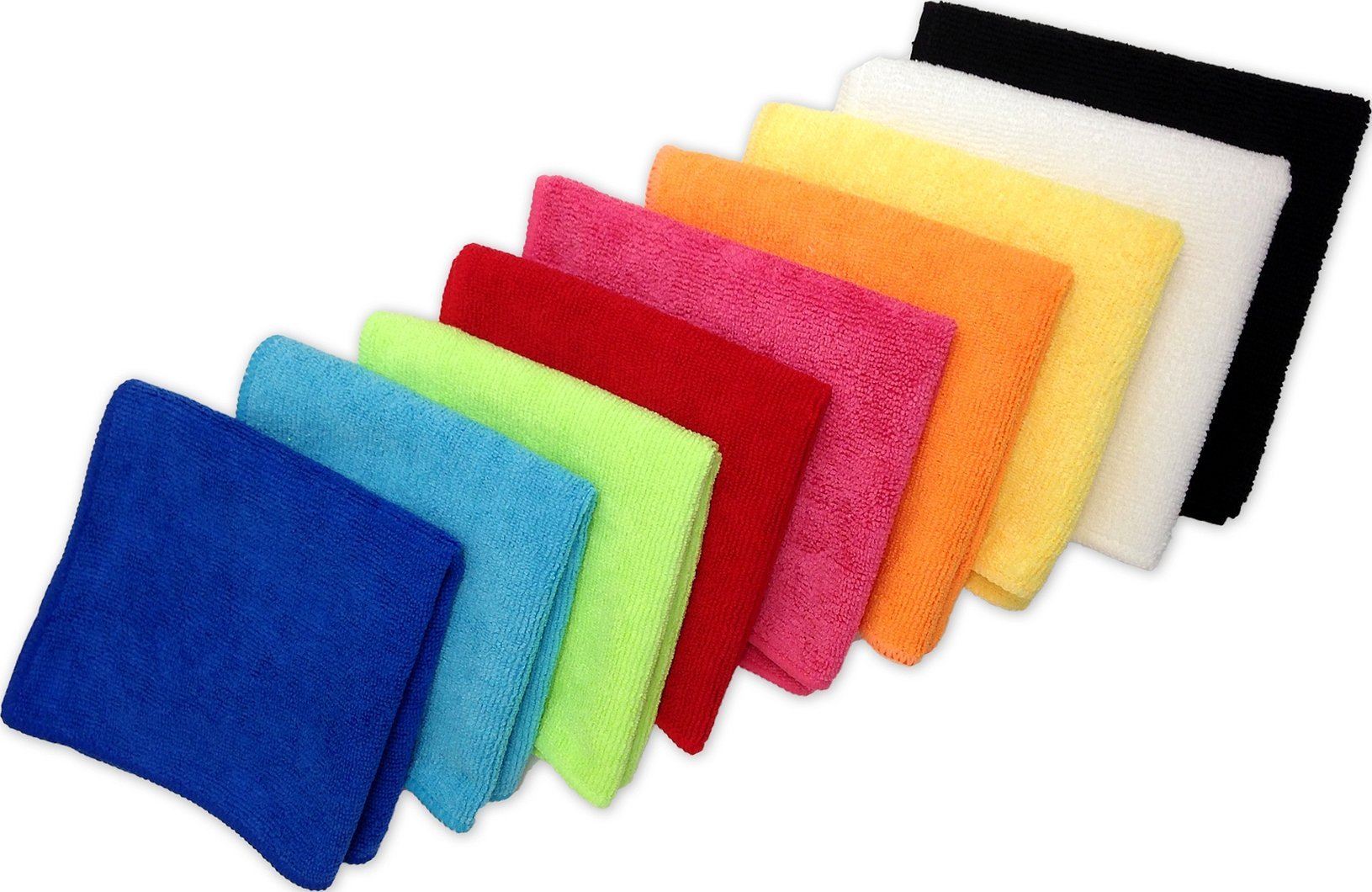
Professional cleaning companies use three types of cleaning cloths:
- natural, made of cotton and linen;
- artificial viscose;
- synthetic, made of polyamide and polyester.
All varieties have different properties of softness, strength, wear resistance and elasticity, and the ability to absorb water. Microscopic fibers twisted in a special way cope with cleaning any surface.
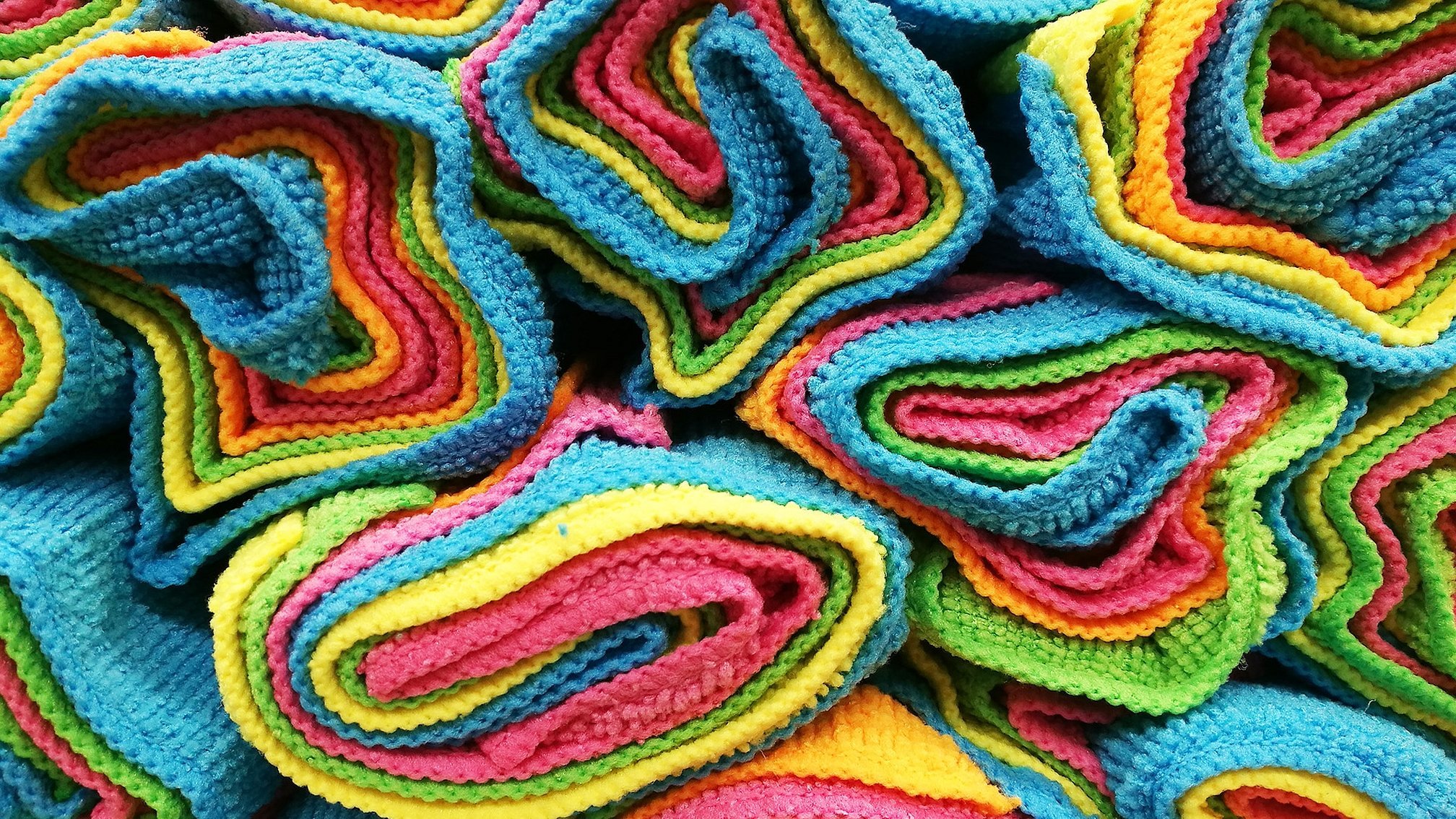
The household goods market offers napkins and rags for cleaning, pet care, optics and computer equipment, car washing and kitchen.
The popularity of the material is achieved thanks to:
- Penetrating effect when cleaning microcracks and pores.
- The ability to absorb dust, water and dirt due to the internal space between the fibers, giving the surface antistatic properties.
- Capillary effect of absorption of the smallest droplets of moisture.
- The ability to remove fat without additional surface treatment.
- Safe cleaning of delicate surfaces.
- Maintaining quality after numerous washes and intensive use due to durability.
- The ability to remove bacteria due to the capillary effect.
- Use of cleaning and detergents in minimal quantities when cleaning, as they are not necessary.
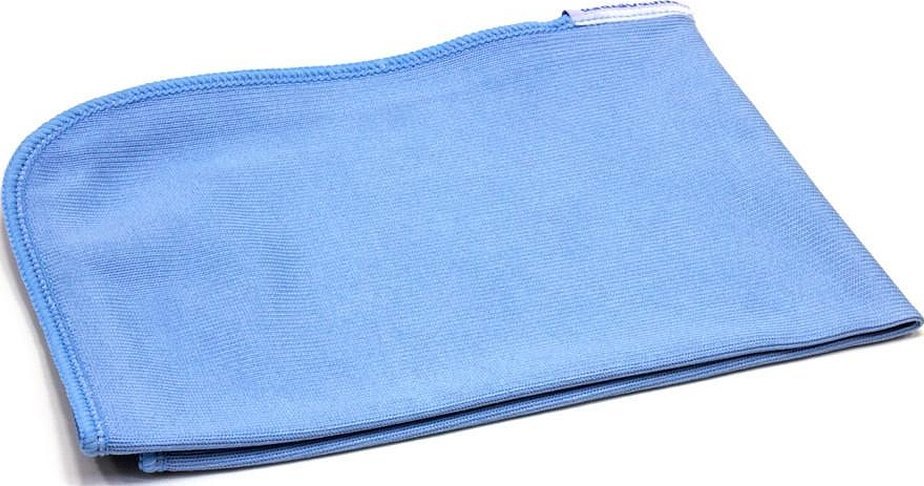
Methods of obtaining
The material developed at the end of the 20th century gained worldwide popularity in the 80s and later. The fabric was invented in 1976 using a previously discovered formula for twisting ultra-thin fibers with a thickness of 0.06 micrometers. Hot exposure to alkali when dissolving on polyester threads leads to a loss of the original mass of the fiber.
Note! In the created material, each thread consists of microscopic fibers intertwined with each other from 50 to 150 pieces. Two manufacturing methods are used - direct and combined extrusion.
- The first method does not provide for obtaining ultra-fine fibers, but is aimed at forming uniform synthetic threads. The finished fibers are intertwined.
- The second type of extrusion connects the constituent components by passing through a star-shaped hole, followed by dissolution of the fibers. Initial connection of two types of components.
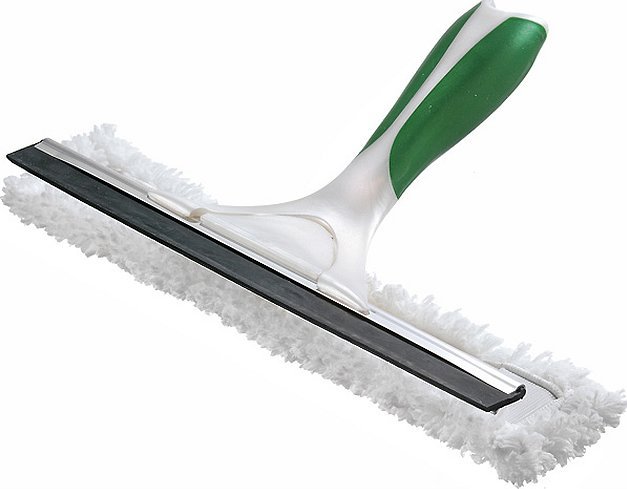
Based on the components included in the manufacturing process, the products are divided into fabrics made of beech cellulose (for the production of bed linen and clothing), polyamide (knitwear and underwear).
Note! It is used in the production of clothing for polar explorers, athletes, sports balls and shoes, and medical supplies.
Types of microfiber cloths and rags
Separating fabrics by purpose improves the quality of cleaning:
- Artificial suede is used for delicate surfaces of optics, laser discs, plasma TV screens, jewelry, and silverware;
- for glass, mirrors, dishes, chrome surfaces, polished furniture; a small amount of detergent can be used;
- waffle cloth for the kitchen, for wiping vegetables and as a hand towel;
- The universal cloth can be used both dry and wet to remove dust or dirt;
- "anti-dust" is used for paintings, icons, antique furniture made of unpolished wood;
- for wet cleaning, with maximum absorption properties, when washing the kitchen, shoes, fighting dirt and liquids;
- with an abrasive mesh for removing burnt food, cleaning glass from insects, and building material residues on smooth surfaces;
- ribbed microfiber removes traces of cosmetics, cleans the oven, tiles and heavily soiled household items;
- a sponge napkin for washing dishes and a scrubber instead of a metal "sponge" for the kitchen.
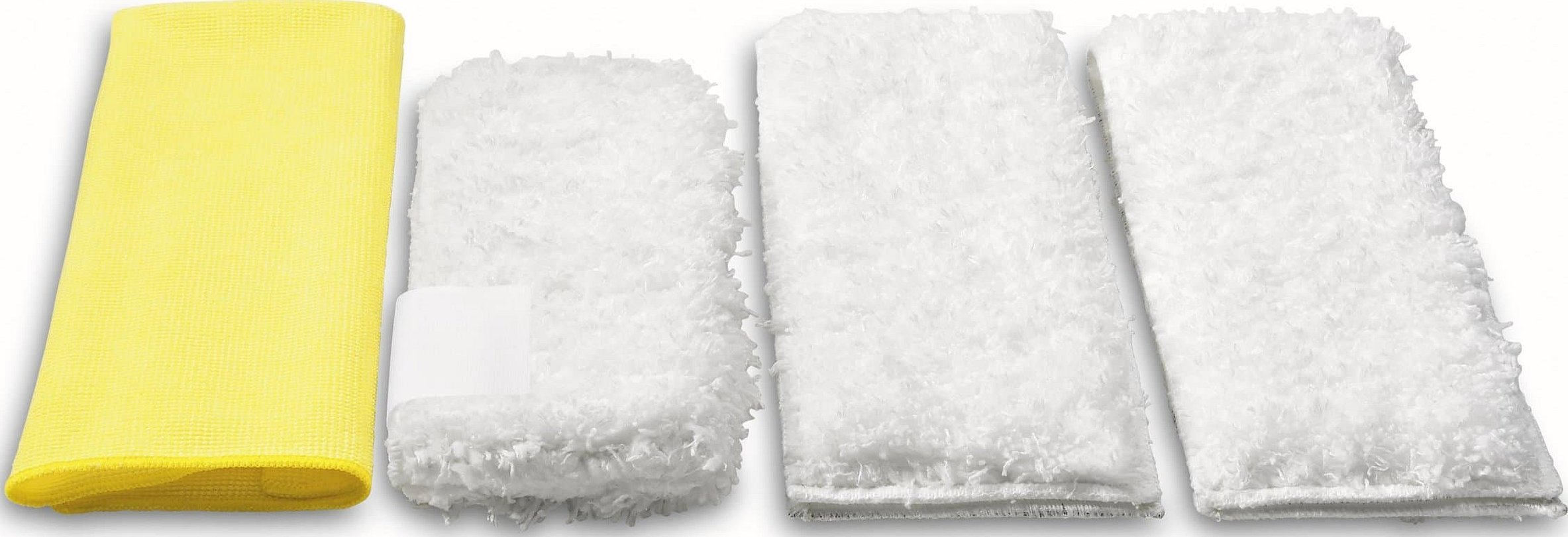
How to Choose a Microfiber Floor Cloth
Depending on the material of the coating, special fabrics are selected. Parquet, linoleum, laminate or ceramic tiles require different approaches to cleaning from dirt. Using old towels for modern coatings is impractical. Modern microfiber rags have many advantages over rags:
- They are easy to squeeze out.
- Absorbs dirt without smearing.
- They don't leave streaks.
- Removes without re-grinding the surface.
- Do not crumble into threads and fluff.
- Long lasting.
The cleanliness of the floor affects the health of the residents.
Note! When choosing microfiber for the floor, rely on the following requirements - the ability to quickly absorb moisture and remain soft.
The choice between natural and synthetic materials depends on the preferences and requirements of the hostess.
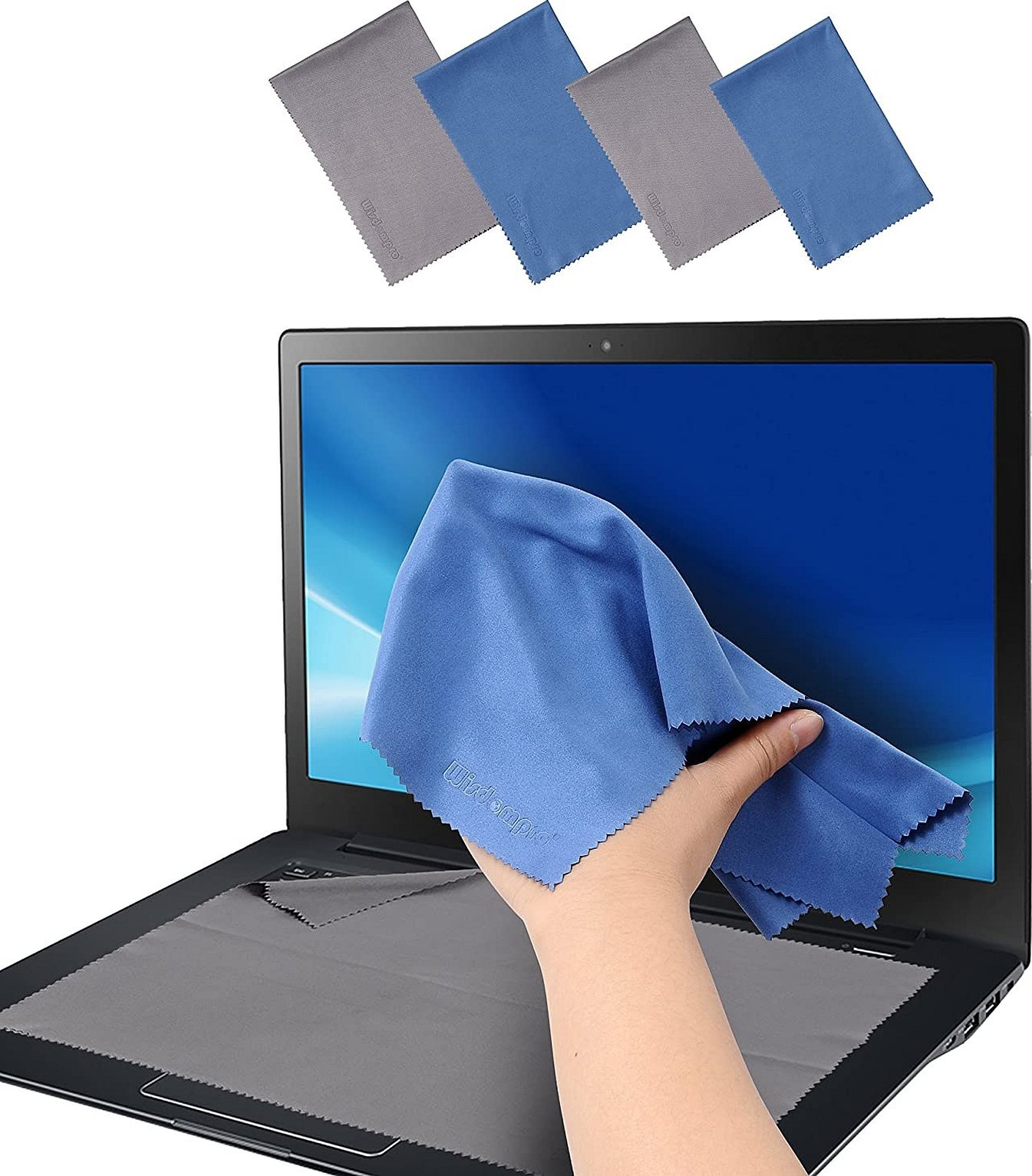
Cotton does not crumble or stretch after repeated washings, but it quickly wears out and leaves stains. The addition of viscose only affects the service life of the rag.
Viscose does not leave lint on the laminate, perfectly absorbs water, retains shape and color, serves for a long time, but is unstable to high temperatures. It can leave stripes on dark and polished surfaces. A successful combination of viscose and polyester.
Acrylic made from natural gas. Feels like wool. Interacts with acids and alkalis, but has low hygroscopicity and is not suitable for wet cleaning.
Note! Used for polishing parquet or laminate.
Polyamide dries quickly without losing its shape and elasticity. It is resistant to fungi and rotting. It has a high price, which justifies the quality of the material.
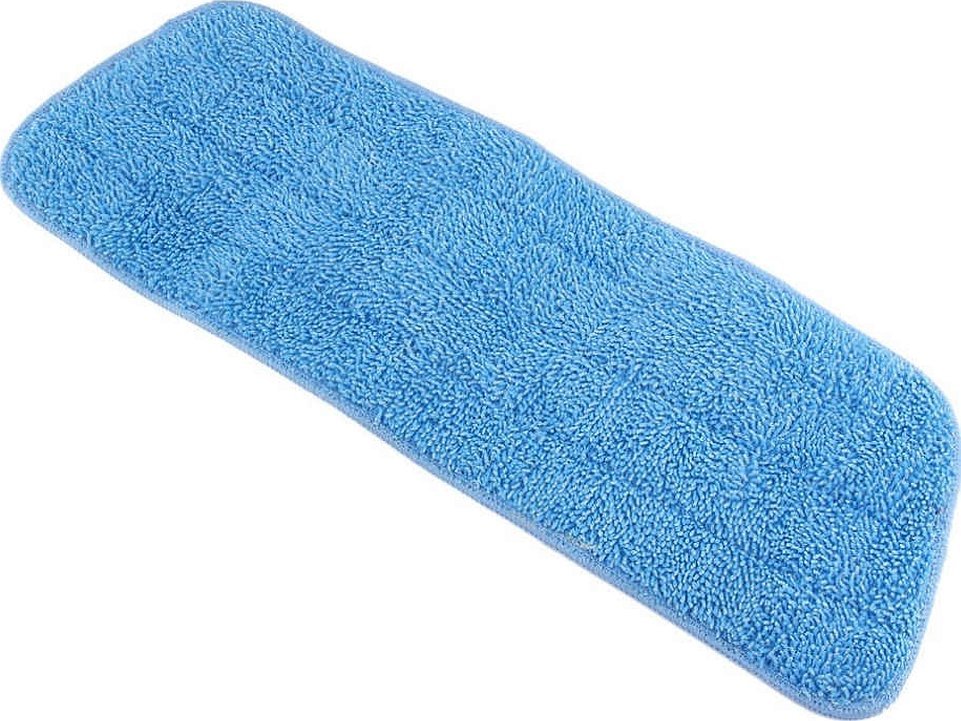
Microfiber remains a favorite among other fabrics for washing floor coverings. Instant absorption of any type of dirt, except for kitchen fat, which reduces the quality of hygroscopicity. Can be used with detergents with warm water. Afraid of hot processing and washing at high temperatures. Durable.
Important! Any of the selected fabrics should be periodically treated with disinfectants.
How does a microfiber mop make cleaning easier?
The necessary task of cleaning floors becomes a pleasure with a modern mop. Blue microfiber cleaning cloths clean hard-to-reach places with cracks and crevices.
The porous structure of the dense material captures the smallest particles of dirt and dust, attracting them with an electrostatic charge during dry cleaning. Animal hair and fur stick like a magnet. High hygroscopic properties allow absorbing water 4-5 times more than the volume and weight of the rag.
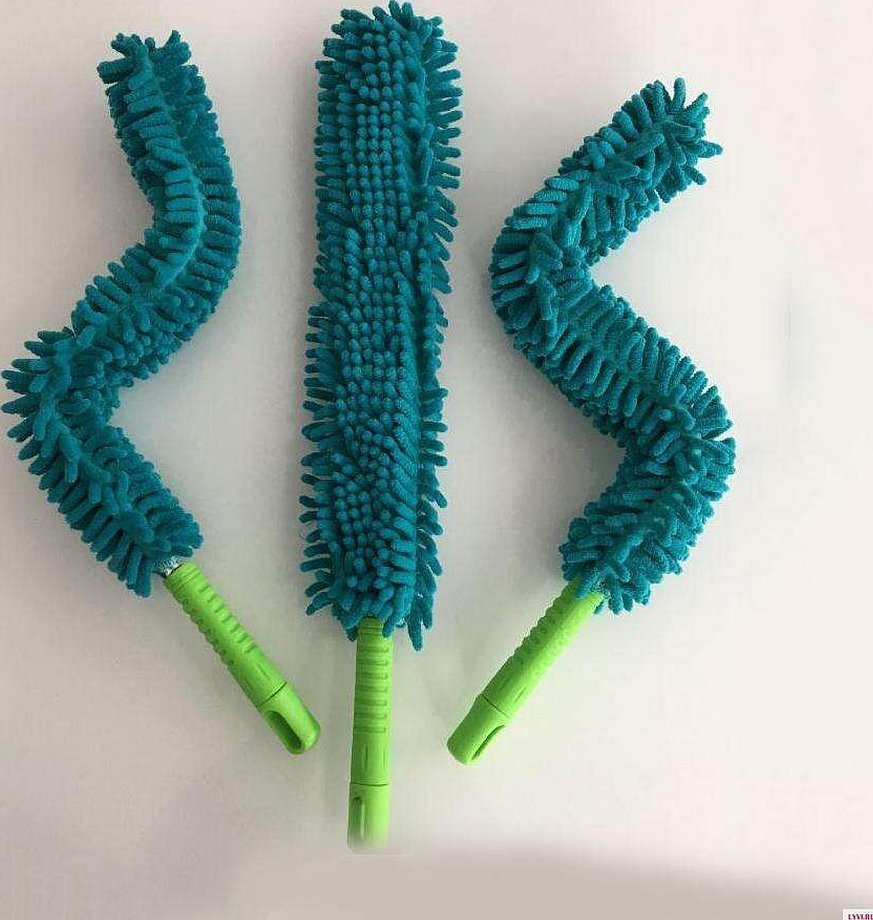
Mops are presented with cloth or rope attachments, replaceable sets for heavily soiled surfaces. Technological mops with microfiber and wringing occupy a leading position in sales. The high cost of such a device at purchase turns into savings over time on cleaning time and the use of detergents. Hundreds of washes, withstood by the fabric, prolong the service life, with appropriate care of the attachments, for many years.
Washing at high temperatures, boiling mode, adding conditioner and rapid drying using a hot method are prohibited.
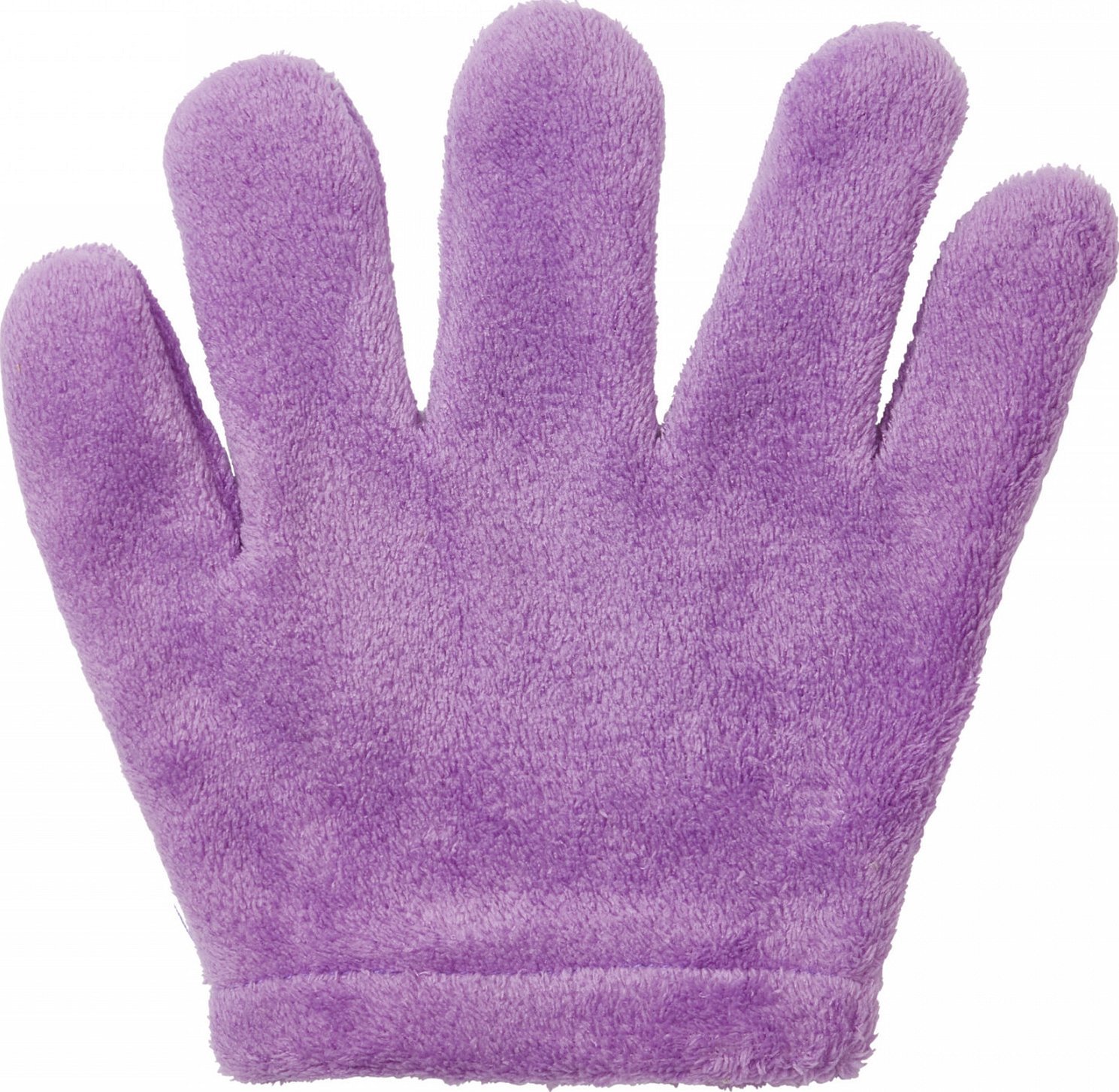
Microfiber cloth in individual packaging
Grateful customers from among housewives, car enthusiasts, office workers, cleaning companies and representatives of various industries have appreciated the new material.
Non-woven and knitted microfiber cloths are common. The former are used for dry and wet cleaning, including delicate surfaces. They are used in hotels, train stations, and airports.
The second ones with a softer and more voluminous structure are suitable for washing equipment and surfaces using a large amount of water and detergents.
How to Wash Floors Properly: Housewife's Recommendations
Mops with attachments cannot handle the simultaneous cleaning of baseboards, so cleaning protruding surfaces and reliefs must be done before cleaning the floors with a flat attachment or rubbing with polish.
Laminate of dark shades should be washed with movements directed parallel to the laid sheets.
Note! Solid particles of dirt that get in can leave streaks on the surface. The tiled mirror floor is washed with a damp cloth and then polished with a dry one.
How to Wash a Microfiber Cloth: Effective Methods
The following recommendations will help extend the life of the product
- wash in warm water no higher than 50-60 degrees;
- using laundry soap or washing powder for hand washing;
- Do not iron or force dry the product;
- stains of any complexity can be removed by regular washing or repeated rinsing;
- Drying should be done in a straightened form and in a natural way;
- when washing in a machine, select a delicate cycle without spinning;
- It is not recommended to use air conditioning.
Note! Multifunctional fabric can withstand up to 500 correct washings. Do not boil, iron or bleach the rags.
Myths about using microfiber for cleaning floors
The use of detergents spoils microfiber. Only the content of chlorine and other aggressive components, which are supposed to be used in hand protection products, can damage the structure of the fabric.
Microfiber scratches delicate lenses, mirrors and laboratory equipment. Artificial suede, specially designed for cleaning such surfaces, copes with its tasks. Shaking removes any solid dirt particles.

Microfiber does not contain any special additives to combat bacteria. The properties of the capillary effect allow harmful microorganisms to be removed along with the absorbed moisture and dust.
Note! The friction of twisted fibers in the material creates static electricity, which holds dust until it is washed.
Universal qualities are used for polishing furniture, window glass, mirrors, dishes, plumbing and tiles, car surfaces. Microfiber cloth is popular due to its antibacterial properties, which are provided by the high hygroscopicity of the fabric. A simple and durable household item is used in cosmetology, medicine, food and chemical industries.
Microfiber floor cloth
Fresh air and health directly depend on the quality of floor cleaning. Modern products exclude the use of old rags in the form of torn T-shirts or old towels. Increased hygiene requirements are associated with the increased incidence of allergic diseases. High-quality general cleaning is provided by modern microfiber floor rags. The presence of two or more types of products is due to different floor coverings.
Note! A microfiber cloth is a universal way to clean the surface of plastic, stainless steel, glass, and is affordable and has a long service life.
Microfiber is many times more effective than traditional cloths. Revolutionary microfiber is actively used in light industry, giving comfort and coziness.
Microfiber cloths are already commonplace in everyday life and production, and demand generates increased production and improvement of products using the new fabric. Purchases are increasingly made in bulk. Therefore, roll fabric is sold by the meter. The cost of one meter ranges from 600 to 3000 rubles, depending on the composition.
Finished raw materials and products meet all the requirements of world standards. The use of microfiber in many areas emphasizes its versatility.

